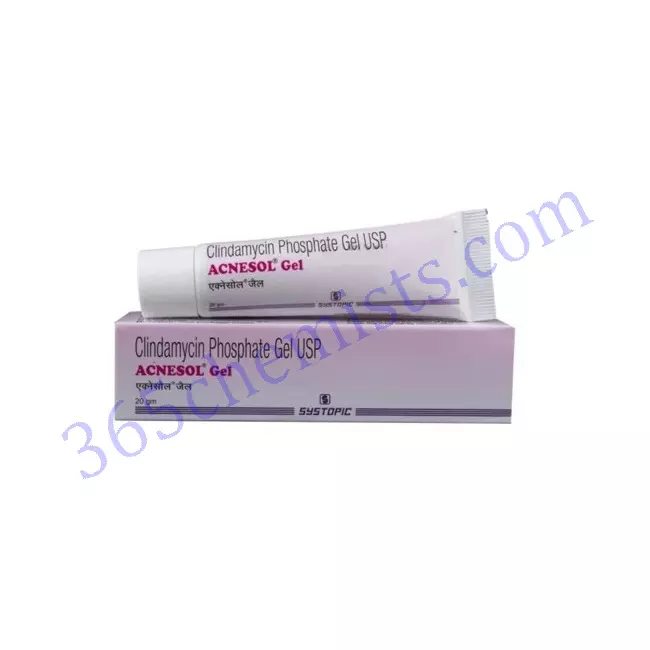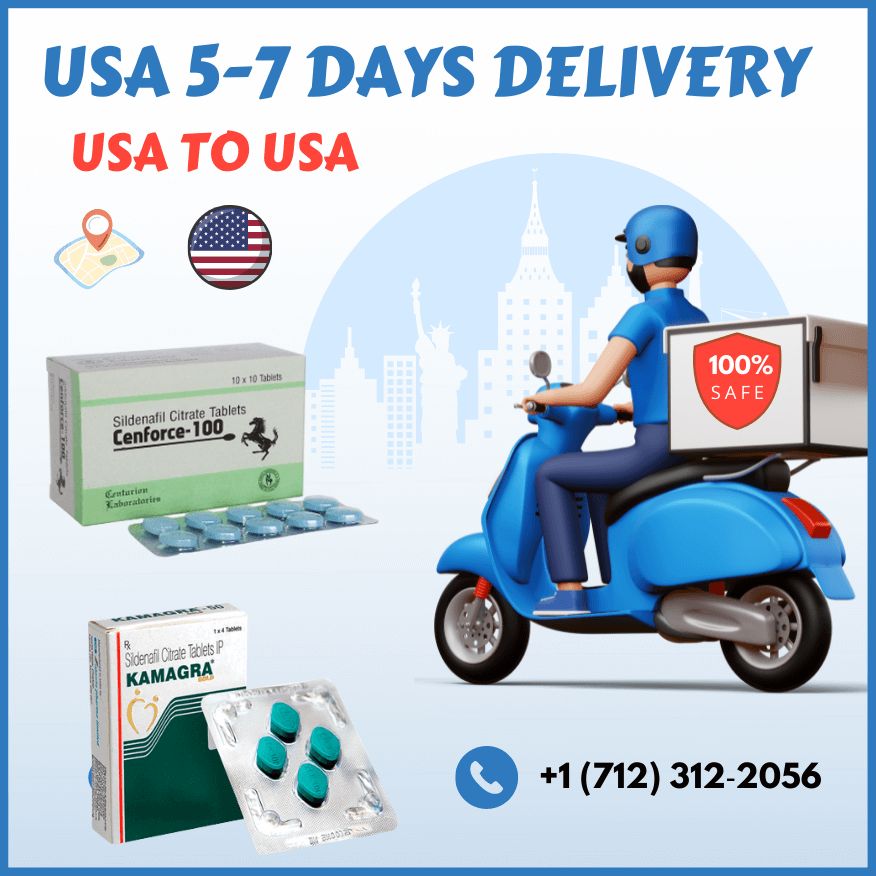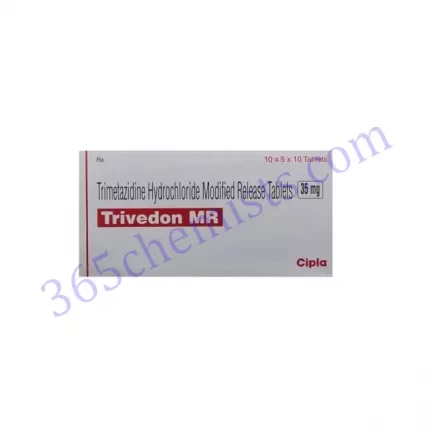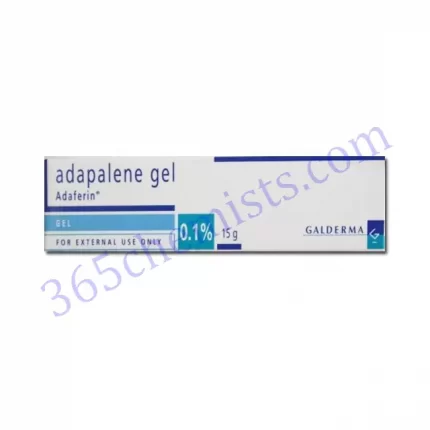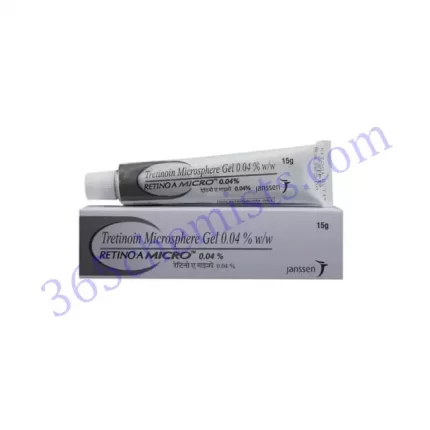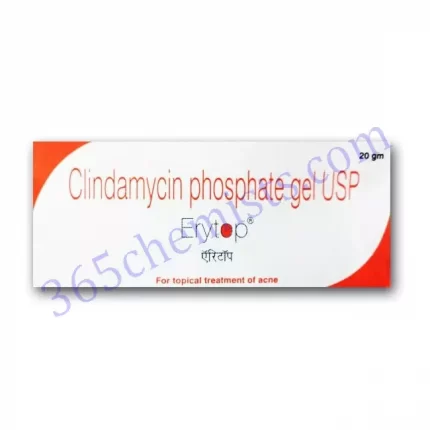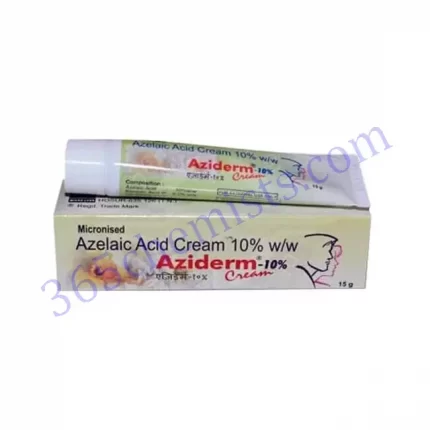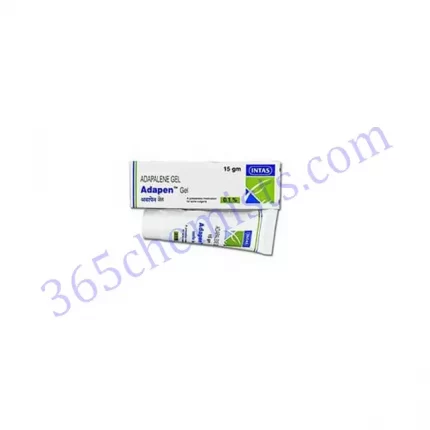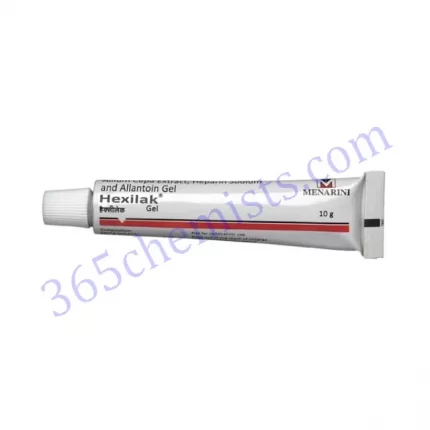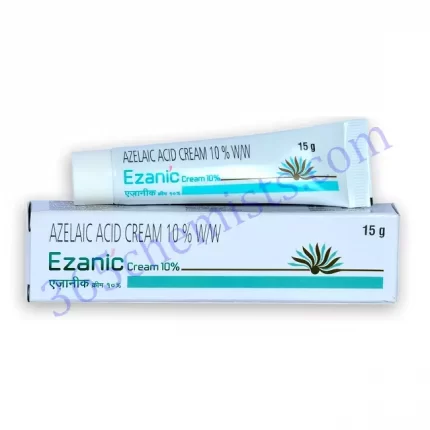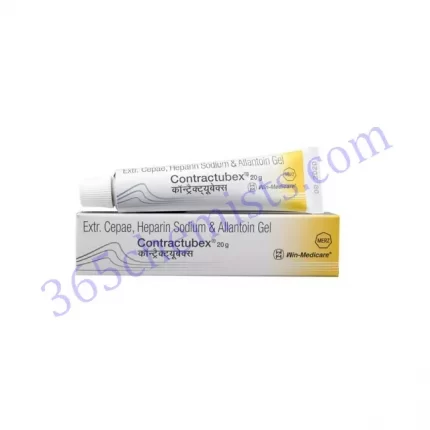Introduction to Acnesol 1% Gel
Clindamycin Phosphate is 1% in the topical medicine Acnesol 1% Gel. It is frequently used to treat acne, a skin ailment that is prevalent and is characterised by the development of pimples, blackheads, and whiteheads. Acnesol 1% Gel helps to clear up existing acne and stop new outbreaks by focusing on the bacteria that cause acne and lowering inflammation.
How Acnesol 1% Gel Works
The main component of Acnesol 1% Gel, clindamycin, is a member of the antibiotic drug class. It functions by preventing the growth of particular skin-dwelling bacteria, specifically the Propionibacterium acnes bacteria, which play a role in the emergence of acne. Acnesol 1% Gel aids in the management of acne and the promotion of clearer skin by lowering the prevalence of these bacteria.
Related Products
Acnesol 1% solution
Acnesol A Nano Gel
ACNESOL GEL 1%
Acnesol-NC Gel
Usage and Application
Follow these guidelines to efficiently utilise Acnesol 1% Gel:
Use a gentle cleanser to thoroughly wipe the affected area, then pat it dry.
Apply a thin layer of Acnesol 1% Gel to the area that is troubled. Gently rub it in until it is absorbed.
Use Acnesol 1% Gel as advised by your healthcare professional, ideally in the morning and evening, twice daily.
Avoid coming into contact with broken skin, the mouth, or the eyes. In the event of accidental contact, thoroughly rinse with water.
Before you see a noticeable change in the severity of your acne, it can take several weeks of consistent use. Even if your acne initially gets worse, keep applying Acnesol 1% Gel as instructed.
Precautions and Potential Side Effects
It’s critical to be aware of the following warnings and adverse effects prior to using Acnesol 1% Gel:
If you have an allergy to Clindamycin or any other component of Acnesol 1% Gel, do not use it.
You should let your doctor know about any additional medications you are taking since some drugs can interact with acnesol 1% gel.
When using Acnesol 1% Gel, mild skin irritation, redness, or dryness could happen. These negative effects are typically short-lived and disappear when your skin becomes used to the drug. Consult your healthcare practitioner if these adverse effects continue or get worse.
Although they are uncommon, severe allergic reactions to clindamycin can happen. If you have symptoms like a severe rash, intense itching, swelling, lightheadedness, or difficulty breathing, seek medical help right away.
Consult Your Healthcare Provider
It is advised to speak with your doctor if you have any specific questions about taking Acnesol 1% Gel or if your acne does not clear up after using it for a few weeks. They can assess your situation, offer you tailored guidance, and, if necessary, suggest different forms of therapy.
Tips for Effective Acne Management
Here are some other suggestions for managing acne effectively in addition to using Acnesol 1% Gel:
Keep up a regular skincare regimen: Wash your face twice daily with a mild cleanser made for skin prone to breakouts. Avoid rough rubbing because it might aggravate acne and cause skin irritation. To keep your skin moisturised, apply a non-comedogenic moisturiser after.
Avoid touching your face: Using unclean hands to touch your face might spread bacteria and cause breakouts. Keep your hands clean and avoid popping or squeezing pimples because doing so can cause scars and more swelling.
Use non-comedogenic, oil-free cosmetics: Look for cosmetics that are non-comedogenic and oil-free, which means they won’t clog your pores. Before going to bed, take off your makeup to let your skin breathe.
Sun protection is important since too much sun exposure can exacerbate acne and cause post-inflammatory hyperpigmentation. Before heading outside, use a broad-spectrum sunscreen with an SPF of 30 or higher.
Eat a balanced diet that is high in fruits, vegetables, and whole grains to maintain a healthy lifestyle. Reduce your intake of processed and sugary foods because they may aggravate acne. Regular exercise will improve circulation and lower stress.
Reduce stress: Stress can cause flare-ups of acne. Engage in stress-relieving activities you enjoy, such as deep breathing exercises, meditation, or deep breathing.
When to Seek Medical Attention
In spite of the fact that Acnesol 1% Gel and appropriate skincare can help treat mild to moderate acne, it’s crucial to see a dermatologist if:
You have severe or all-over acne.
You have nodules or cysts that hurt.
The use of over-the-counter medications and homemade therapies is ineffective.
Your self-esteem is being impacted by acne, which is creating emotional distress.
A dermatologist can offer cutting-edge therapies, such as medical procedures or prescription drugs, that are suited to your unique requirements.
Conclusion
Clindamycin Phosphate 1%-containing Acnesol 1% Gel is a topical acne treatment. You can successfully incorporate Acnesol 1% Gel into your acne treatment routine by according to the usage directions, being aware of risks and potential side effects, and seeking advice from your doctor as necessary. It can make your skin seem better and encourage a brighter complexion with regular use.When used as recommended and in conjunction with a thorough acne management strategy, Acnesol 1% Gel can help improve the appearance of acne-prone skin. Keep in mind to maintain a regular skincare regimen, have a healthy lifestyle, and seek out a dermatologist as necessary. You may obtain brighter, healthier skin and reclaim your confidence with time and effort.

